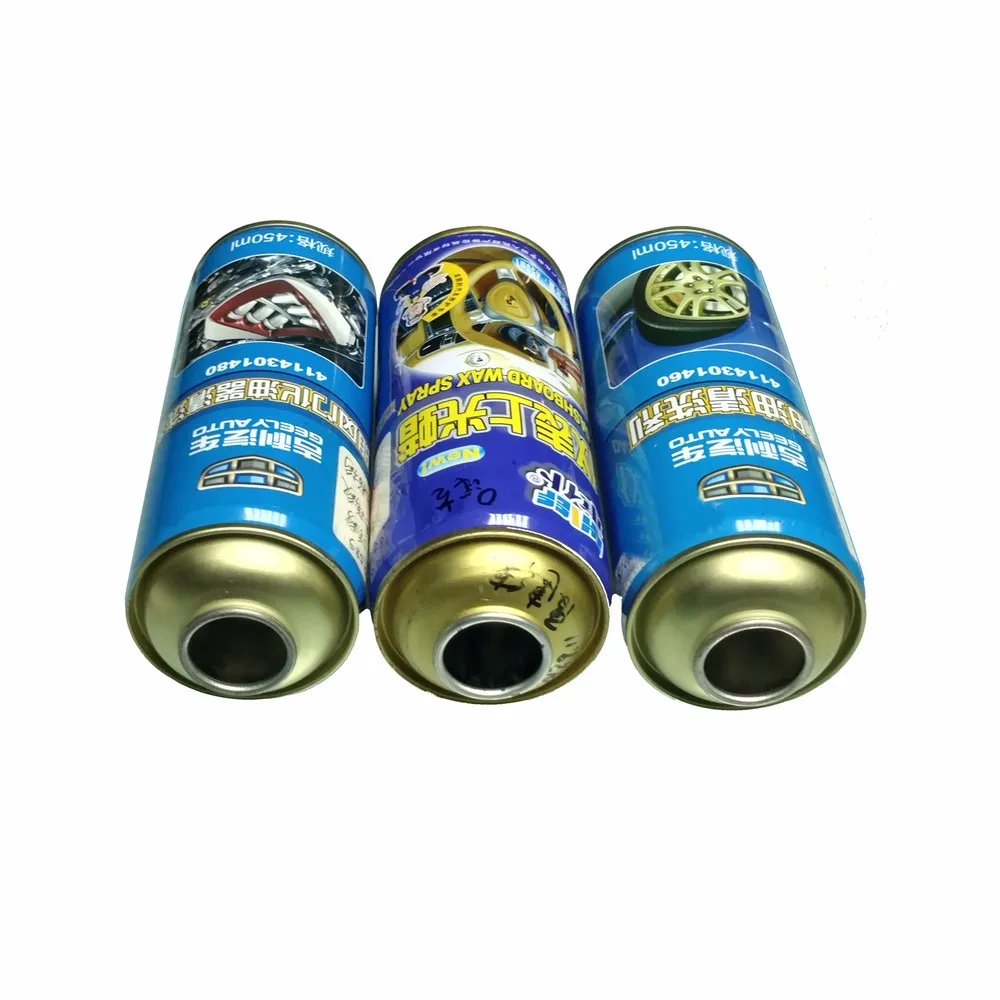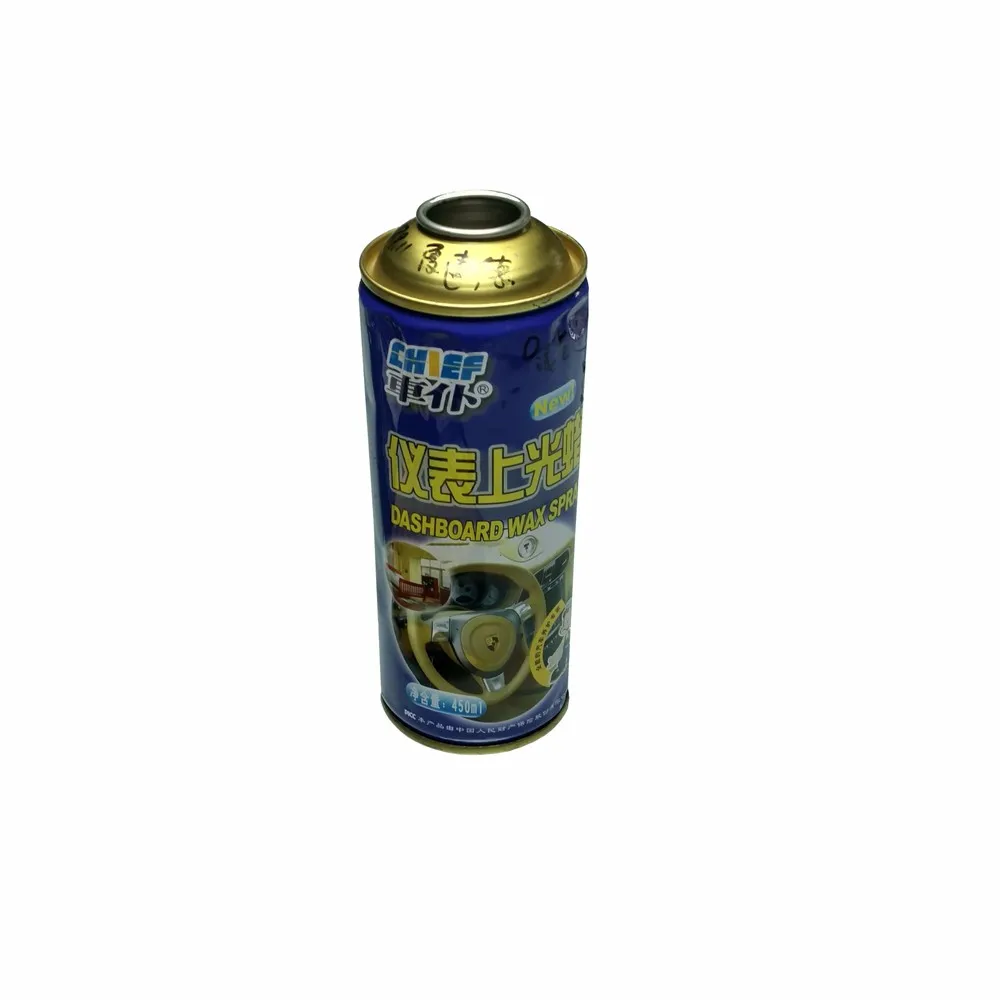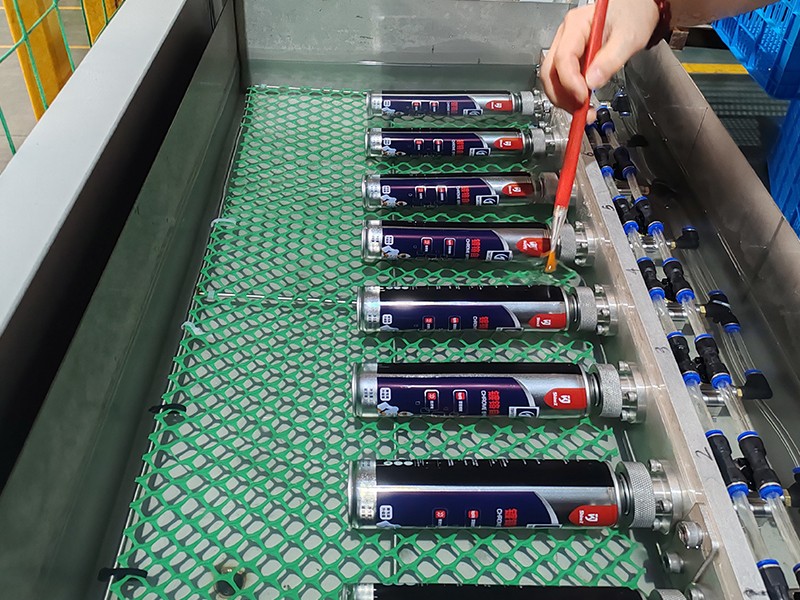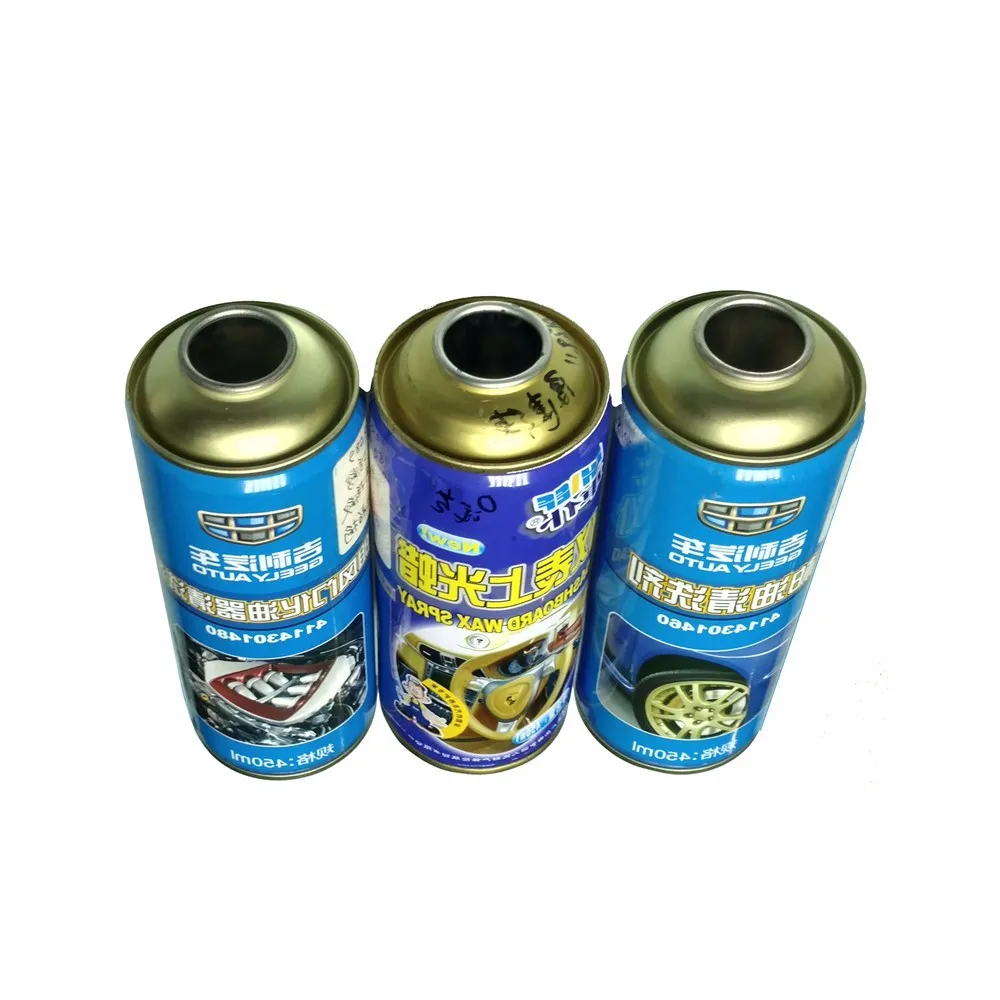In daily life and industrial production, tinplate aerosol cans are widely used in a variety of applications, including spray paint, pesticides, cleaners, and lubricants. As usage increases, the amount of empty tinplate aerosol cans generated is also increasing.
Because flammable or hazardous gases may remain inside tinplate aerosol cans, improper handling can easily lead to safety accidents and environmental pollution. Therefore, the proper disposal of empty tinplate aerosol cans is not only related to environmental protection, but also to public safety and resource recycling.

Tinplate Aerosol Cans: Characteristics and Hazards
Tinplate aerosol cans, also known as metal aerosol cans or spray cans, are primarily made of tinplate and are characterized by their lightness, corrosion resistance, and excellent sealing properties. They are typically filled with compressed gas, such as butane, propane, or carbon dioxide, as well as the spray product itself. Although empty, tinplate aerosol cans may actually contain trace amounts of flammable or toxic gases. These residual gases can easily cause explosions, combustion, or leakage when exposed to high temperatures, fire, or pressure fluctuations. Therefore, the disposal of empty tinplate aerosol cans requires extreme caution.
From an environmental perspective, tinplate aerosol cans are considered metal packaging waste and may contain volatile organic compounds (VOCs) or other chemicals. Discarding them directly into regular garbage waste wastes resources and may also cause soil and water pollution. Therefore, the scientific, safe, and environmentally friendly disposal of empty tinplate aerosol cans has become a major social concern.

Classification and Management of Empty Tinplate Aerosol Cans
To regulate the disposal of empty tinplate aerosol cans, relevant management departments generally classify them as hazardous waste or recyclable metal packaging waste. The specific classification methods are as follows:
• Hazardous Empty Cans: These primarily include aerosol cans containing flammable, explosive, or highly toxic chemicals, such as pesticide spray cans and industrial solvent cans. These tinplate aerosol cans must be collected, stored, and transported in accordance with hazardous waste management regulations.
• Non-hazardous empty cans: These primarily refer to household aerosol cans with minimal residual material and low-toxic chemicals, such as household cleaning spray cans and skincare spray cans. These tinplate aerosol cans can be disposed of through recycling or metal resource reuse, but ensuring that the pressure inside the can is released and any residual gases are safely discharged remains essential.
Clearly classifying empty tinplate aerosol cans is a prerequisite for developing a disposal plan and selecting a disposal channel.

Empty tinplate aerosol cans: Safe disposal steps
When handling empty tinplate aerosol cans, adhere to the principles of "safety first, environmental protection, and resource recycling." The specific steps are as follows:
1. Completely exhaust the can
Before use, ensure the can's contents are completely empty. Before disposal, place the tinplate aerosol can in a well-ventilated area away from sources of ignition. Completely spray the nozzle according to the instructions to ensure that any residual gas inside is exhausted. Wear protective gloves and a mask to avoid direct inhalation of flammable or toxic gases.
2. Discharging Residual Gases
Tinplate aerosol cans that still contain trace amounts of residual gas should be safely discharged using specialized exhaust devices. Industrial production sites are typically equipped with exhaust gas treatment devices, such as activated carbon adsorption, combustion devices, or gas recovery systems, to prevent residual gas from escaping into the environment and causing pollution or safety hazards. In a home environment, slowly expel residual gas in a well-ventilated outdoor environment, and never use flames to ignite the exhaust.
3. Perforation and Labeling of Cans
After ensuring that all gases in the can are discharged, some regions require tinplate aerosol cans to be perforated to prevent secondary use or accidental explosion. Specialized tools should be used for the perforation operation, and a "Processed" label should be affixed after perforation to inform recycling and transport personnel that the can has been safely emptied.
4. Separate Collection and Storage
Safely processed tinplate aerosol cans should be collected separately. For households, they can be placed in recyclable metal waste collection bins. For industrial users, they should be stored in a fire-proof, explosion-proof, and well-ventilated area in accordance with hazardous waste storage standards for centralized recycling. Storage areas should be kept away from open flames, heat sources, and flammable materials and equipped with necessary fire-fighting equipment.
5. Transport to a Compliant Recycling Company
Safely handled empty cans must be processed by a qualified recycling company. During transportation, the cans must be protected from crushing and impact to avoid the risk of further explosion. For industrial waste tinplate aerosol cans, transport vehicles must be equipped with leak prevention devices and hazardous material labels to ensure safe transportation.
Empty Tinplate Aerosol Cans: Recycling Methods
Disposing of empty tinplate aerosol cans is not only a safety issue but also involves resource recycling. Tinplate aerosol cans are primarily made of metal and have high recycling value. Scientific recycling methods include:
• Metal Recycling: After cleaning and compression, empty cans can be sent to metal smelters for smelting and recycling to produce new tinplate sheets or other metal products. This process not only conserves resources but also reduces environmental pollution.
• Disassembly and Separation: Some recycling companies separate the cans from the nozzles, plastic caps, and other components, sending them to the metal and plastic recycling processes, respectively, to improve resource utilization. After cleaning, plastic nozzles and caps can be used to produce recycled plastic products.
• Energy Recovery: Small amounts of residual chemicals or gases can be treated in an incinerator. The heat released can be used for industrial production or municipal energy supply, achieving waste-to-energy. However, this process requires strict emission control to prevent harmful gases from entering the atmosphere.
Through these methods, empty tinplate aerosol cans are not only safely disposed of but also converted into valuable resources, reducing the environmental burden.
Empty Tinplate Aerosol Cans: Common Misconceptions in Disposal
When disposing of empty tinplate aerosol cans, some common misconceptions can lead to safety and environmental issues:
1. Directly Disposing of Cans
Many households are accustomed to disposing empty aerosol cans directly in the trash, which is a very dangerous practice. Even if the can appears empty, flammable gases may remain inside, which can easily explode under compression, friction, or high temperatures.
2. Combustion
Some people attempt to release the gases by igniting the empty cans. This practice is highly likely to cause fire or explosion and is a serious safety violation.
3. Random Recycling
Unsafely emptied tinplate aerosol cans sent to regular waste recycling channels also pose a safety hazard. Recycling companies generally require that the cans be completely emptied and perforated before accepting them.
4. Accumulation
If industrial users accumulate empty cans in warehouses for long periods without proper ventilation and fire prevention measures, this can increase the risk of fire and explosion.

Disposal Recommendations for Home and Industrial Users
Disposal strategies for empty tinplate aerosol cans vary depending on the usage scenario:
1. Home Users
• Ensure the can is completely emptied after use.
• Slowly expel any residual gas in a well-ventilated environment.
• Empty cans can be placed in a recyclable metal waste collection bin or taken to a community recycling station.
• Avoid igniting or randomly stacking empty cans.
2. Industrial Users
• Establish a centralized collection area for empty cans and store them in accordance with hazardous waste regulations.
• Equip residual gas discharge and perforation facilities.
• Regularly transport and dispose of empty cans by a qualified recycling company.
• Establish safe operating procedures and train employees on the proper handling of empty tinplate aerosol cans.
How should empty tinplate aerosol cans be handled?
Empty tinplate aerosol cans are unavoidable in daily life and industry, and their safe handling is directly related to public safety, environmental protection, and resource recycling. Scientific handling of empty tinplate aerosol cans requires adherence to the following principles:
• Safe venting: Ensure that all gases in the can are completely exhausted to prevent explosion.
• Classification management: Classify and treat tinplate aerosol cans based on their hazard level.
• Standardized recycling: Send tinplate aerosol cans to compliant recycling companies for metal reuse or energy recovery.
• Policy compliance: Strictly adhere to relevant laws and regulations to prevent violations and safety accidents.
• Public education: Raise awareness of disposal among both home and industrial users to reduce misuse.
How does Dekai ensure the quality of its tinplate products?
Dekai operates under strict ISO9001 international quality system certification, which ensures every tinplate sheet, aerosol can, and metal lid meets high-quality standards. Our advanced testing equipment and experienced engineers monitor each production stage.
Buyers who purchase wholesale from our China factory benefit from low prices with premium quality. We provide cheap but reliable tinplate packaging, suitable for global brands.

